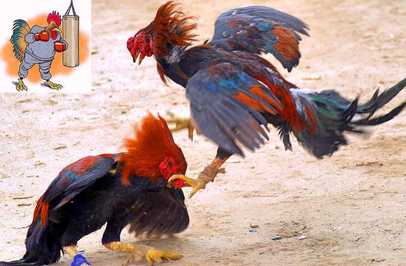
In Mexico almost every pueblo has an annual fiesta which typically lasts about a week. They are closely connected with the Catholic church and usually are centered around the town plaza where the churches are located. There is always a mass in the church, eating, drinking, carnival rides, folkloric dancing, as well as mariachi bands. Debbie, Suz, Doug and I went to Bucerias' fiesta two weeks ago which also entailed the Blessing of the Fishing Boat fleet.
El Valle is located at the foot of the Vallejo Mountains. In the pre-Columbian period, it was called "Tintoque" meaning "Valley of the Warriors." It was the village center of a small chieftainship of Cuyuteco Indians within the larger Xalisco homeland of the Cuyuteco. They cultivated the fertile fields of the valley, rather than going to the sea to fish, for their main food staples. Historical crops are still being farmed in the valley, including tobacco, corn, beans and chiles. Also now, an abundance of mangoes, chirimoyos, capomos, and date palms grow in the area.
In 1525, the village was renamed "Valle de Banderas" (Valley of the Flags) by Francisco Cortés de Buenaventura, the nephew of Hernán Cortés, after he conquered the Pacific coast region.
Upon arrival in El Valle, the mass was being celebrated in the 140 year old church. There were many street food stands and I had a beef tostada with a cerveza. Following the mass, there was energetic folkloric dancing and mariachis with lots of colorful dresses and costumes. After walking around a bit, we sat down to watch the show.
On the way back to the bus in El Valle, I witnessed my first authentic gallo fight. Thanks to the Spanish colonizers who brought cock fighting to Mexico from the Philippines, it has become a cherished tradition in Mexico. The event I saw was being held in a large room with stadium type of seating around a 50-foot circumference sandy pit, the palenque. There seemed to be about 150 in attendance that night, both men and boys, who made bets on their favorite birds. Cock fighting seems to be a male-only spectator sport. The entrance fee was 50 pesos (about $3.50). It is the Mexican version of the circus games of the ancient Romans. The palenque is like a miniature Colosseum, and the gamecocks are like tiny gladiators; whenever two of them fight, only one is meant to survive.
Tiny blades, which are first washed with lime juice to prevent cheating by poisoning the blades, were attached to legs of the roosters to make the fight quick and deadly. The roosters were introduced by their handlers and excited birds went at each as soon as they were released. The cocks flew forward, squawking, attacking each other with legs and beaks and wings flapping furiously, their feathers flying in a brief and brutal ballet. The scuffle was almost cartoonish in its speed and intensity. The birds moved so quickly, it’s like they were fighting in fast-forward. In a minute or so, it was over. One of the roosters was muerto ... lying in a pool of its own blood.
The trainers, called galleros, usually work with a dozen birds from birth choosing the ones which have good fighting potential. They usually work for wealthy ranchers who own the roosters and bet on them during fights. The trainers must like their work with a passion because they only make about $1,000 pesos a month ($70). While training, the galleros make the roosters run on small treadmills and throw the birds in the air to make them flap their wings as this makes them stronger. The trainers feed them just right. In the end, the galleros never know which bird will win in the ring as it is often due to chance. Many roosters only fight once. The only consolation in the fighting rooster's typical two-year life is that while alive, they are treated like princes.


 RSS Feed
RSS Feed
